Picture this: 66 million years ago, a rock the size of Mount Everest hurtled through space at 67,000 miles per hour, heading straight for what would become Mexico’s Yucatan Peninsula. This wasn’t just any ordinary day on Earth. Dinosaurs ruled the land, pterosaurs soared through skies, and marine reptiles dominated the oceans. In mere seconds, everything changed. The impact created a crater so massive it would forever alter the course of life on our planet, setting the stage for mammals—and eventually humans—to rise to dominance.
The Chicxulub Crater Discovery That Stunned Scientists
The existence of the Chicxulub crater remained hidden for millions of years until geophysicist Antonio Camargo made a groundbreaking discovery in 1978. While working for Mexico’s state oil company, Camargo noticed unusual magnetic readings beneath the Yucatan Peninsula that suggested a massive circular structure buried deep underground.
Initially dismissed by many in the scientific community, the crater’s significance wasn’t fully recognized until the 1990s when researchers began connecting it to the mass extinction event that wiped out the dinosaurs. The crater measures approximately 93 miles in diameter and 12 miles deep, making it one of the largest impact craters on Earth. Today, much of the crater lies beneath the Gulf of Mexico, invisible to the naked eye but detectable through advanced geological surveys.
The Asteroid That Sealed the Dinosaurs’ Fate
The space rock that created Chicxulub was no ordinary asteroid. Scientists estimate it measured between 6 to 9 miles in diameter and contained enough energy to equal billions of nuclear bombs detonating simultaneously. This cosmic projectile traveled at speeds that would make today’s fastest jets look like snails in comparison.
When it struck Earth, the asteroid penetrated through the planet’s crust and into the mantle, creating temperatures hotter than the sun’s surface. The impact was so powerful that it sent shockwaves around the globe multiple times, triggering earthquakes, volcanic eruptions, and tsunamis that dwarfed any natural disaster in recorded human history.
The Moment That Changed Everything
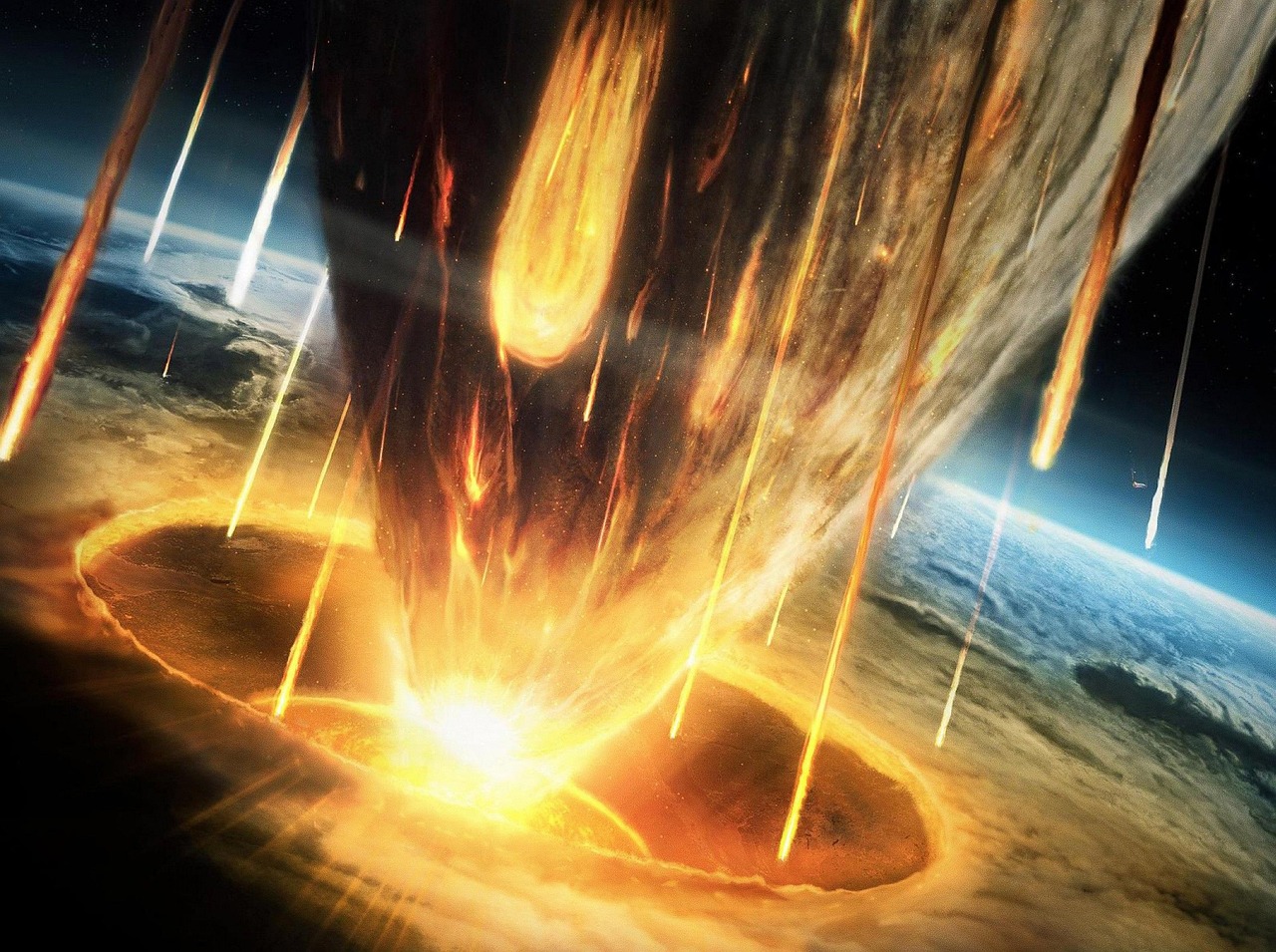
The instant of impact unleashed forces beyond imagination. Within milliseconds, the asteroid vaporized completely, along with massive amounts of rock and sediment from the Earth’s surface. The explosion created a fireball that expanded outward at supersonic speeds, incinerating everything within hundreds of miles.
Rock debris, some pieces larger than houses, was blasted into the atmosphere and space, only to rain back down as molten projectiles across the entire planet. The impact crater itself formed in less than a minute, but its effects would reverberate for millions of years. This single moment marked the end of the Mesozoic Era and the beginning of a new chapter in Earth’s history.
When Earth Became a Living Hell
Following the impact, Earth transformed into a nightmare landscape that would have been uninhabitable for most life forms. The immediate aftermath saw global wildfires ignited by falling debris, turning vast forests into blazing infernos that consumed oxygen and released massive amounts of carbon dioxide into the atmosphere.
Temperatures soared to lethal levels across much of the planet’s surface, while supersonic winds carrying glass-like particles sandblasted everything in their path. The very air became toxic, filled with sulfur compounds and other poisonous gases released from vaporized rock. For creatures that survived the initial blast, the worst was yet to come.
The Nuclear Winter That Followed
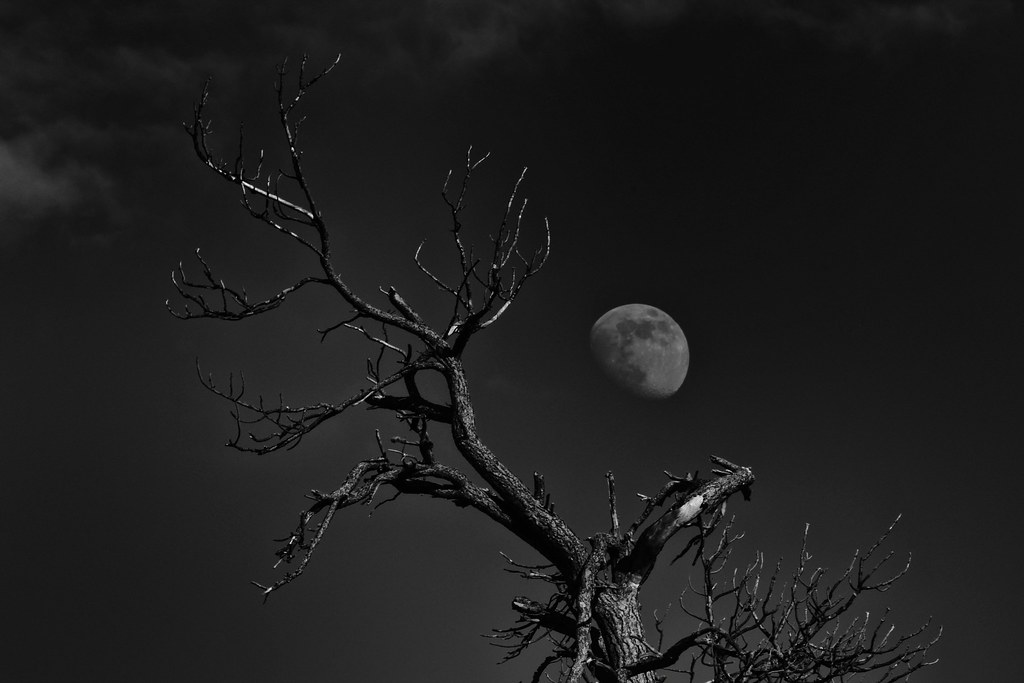
Perhaps the most devastating consequence of the impact was the prolonged “nuclear winter” that plunged Earth into darkness. Massive amounts of dust, ash, and debris launched into the atmosphere blocked sunlight for months, possibly years. Surface temperatures plummeted by as much as 50 degrees Fahrenheit in some regions.
This cosmic catastrophe effectively shut down photosynthesis worldwide, causing plant life to wither and die. The food chain collapsed from the bottom up, as herbivorous dinosaurs starved first, followed by their predators. Even marine ecosystems suffered as microscopic organisms that formed the base of ocean food webs died off in massive numbers.
The Great Dying of the Dinosaurs
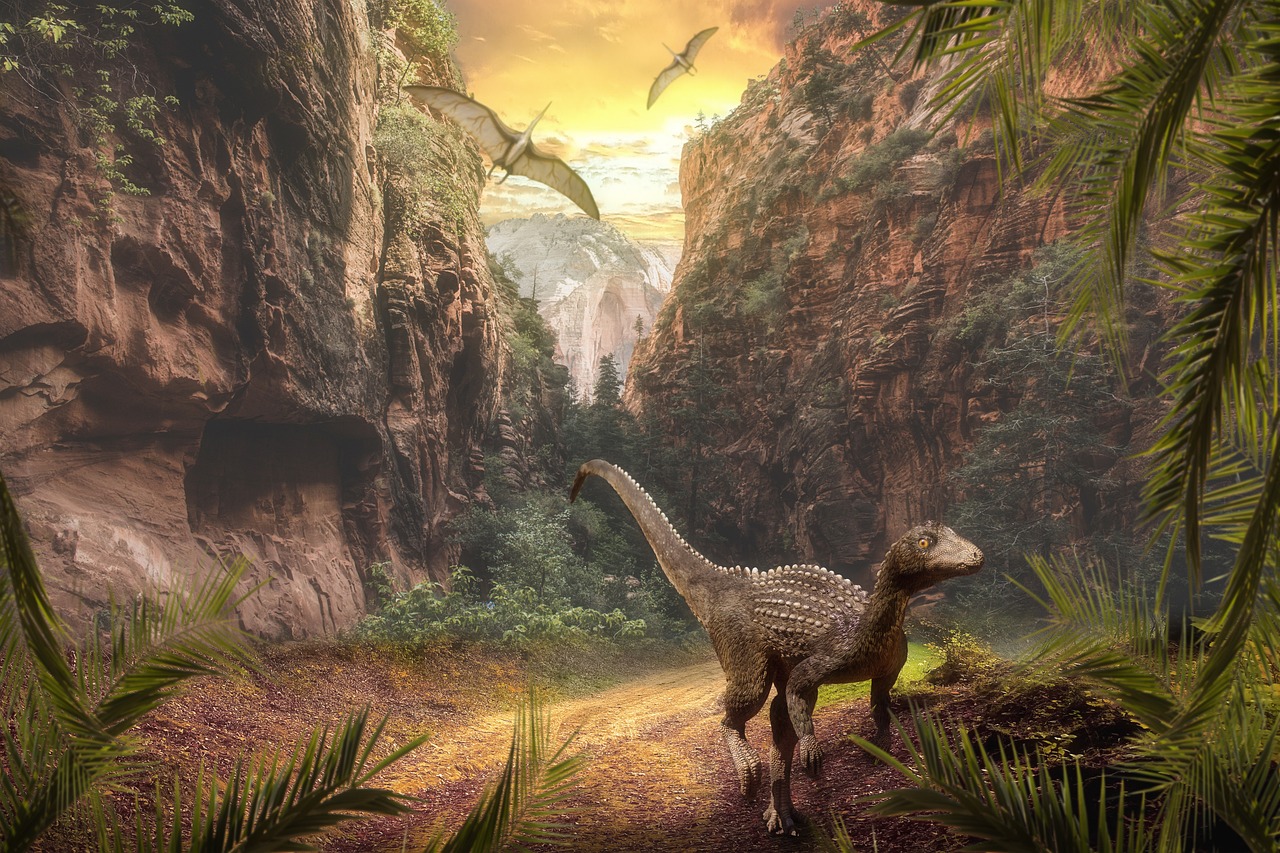
The extinction event triggered by Chicxulub eliminated approximately 75% of all species on Earth, including all non-avian dinosaurs. These magnificent creatures that had dominated terrestrial ecosystems for over 160 million years vanished in what was, geologically speaking, the blink of an eye.
Large dinosaurs were particularly vulnerable due to their high metabolic needs and dependence on abundant food sources. As vegetation died and food became scarce, even the most adaptable species couldn’t survive the prolonged environmental catastrophe. Only birds, which are technically dinosaurs, managed to survive, likely due to their small size and ability to find shelter.
Survivors in the Shadows
While the impact devastated life on Earth, it didn’t eliminate everything. Small mammals, many no larger than rats, survived by hiding in burrows and feeding on seeds, insects, and decaying organic matter. These unassuming creatures possessed advantages that the mighty dinosaurs lacked: they required less food, could regulate their body temperature more efficiently, and were better equipped to wait out the environmental crisis.
Other survivors included crocodiles, turtles, some birds, and various marine organisms that could subsist on detritus and organic matter settling to the ocean floor. These species became the foundation for life’s recovery and eventual diversification in the post-impact world.
The Rise of Mammals
With the dinosaurs gone, mammals seized the opportunity to diversify and fill vacant ecological niches. The Paleocene epoch, beginning immediately after the impact, saw an explosion of mammalian evolution. Within just a few million years, mammals evolved from small, shrew-like creatures into diverse forms ranging from tiny primates to massive herbivores.
This rapid diversification, known as adaptive radiation, was possible because mammals no longer faced competition from dinosaurs for resources and territory. The evolutionary pressure that had kept mammals small and nocturnal for millions of years was suddenly removed, allowing them to explore new lifestyles and environments.
How Flowers Inherited the Earth
The extinction event also dramatically altered plant life on Earth. While many plant species died out during the impact winter, flowering plants (angiosperms) proved remarkably resilient. Their seeds could remain dormant for extended periods, and many species could regenerate from underground root systems after the crisis passed.
As Earth recovered, flowering plants rapidly colonized devastated landscapes, often outcompeting gymnosperms like conifers and ferns. This shift toward angiosperm dominance created new ecological relationships and food webs that would shape terrestrial ecosystems for millions of years to come.
The Ocean’s Slow Recovery
Marine ecosystems faced their own set of challenges following the impact. The extinction eliminated many large marine reptiles, ammonites, and microscopic organisms that had dominated ocean food webs. Ocean acidity increased dramatically due to sulfur compounds released during the impact, creating hostile conditions for shell-forming organisms.
Recovery in marine environments took millions of years, with new species gradually evolving to fill empty ecological roles. The extinction paved the way for the eventual rise of modern marine mammals like whales and dolphins, which wouldn’t appear until tens of millions of years later.
Evidence Written in Stone
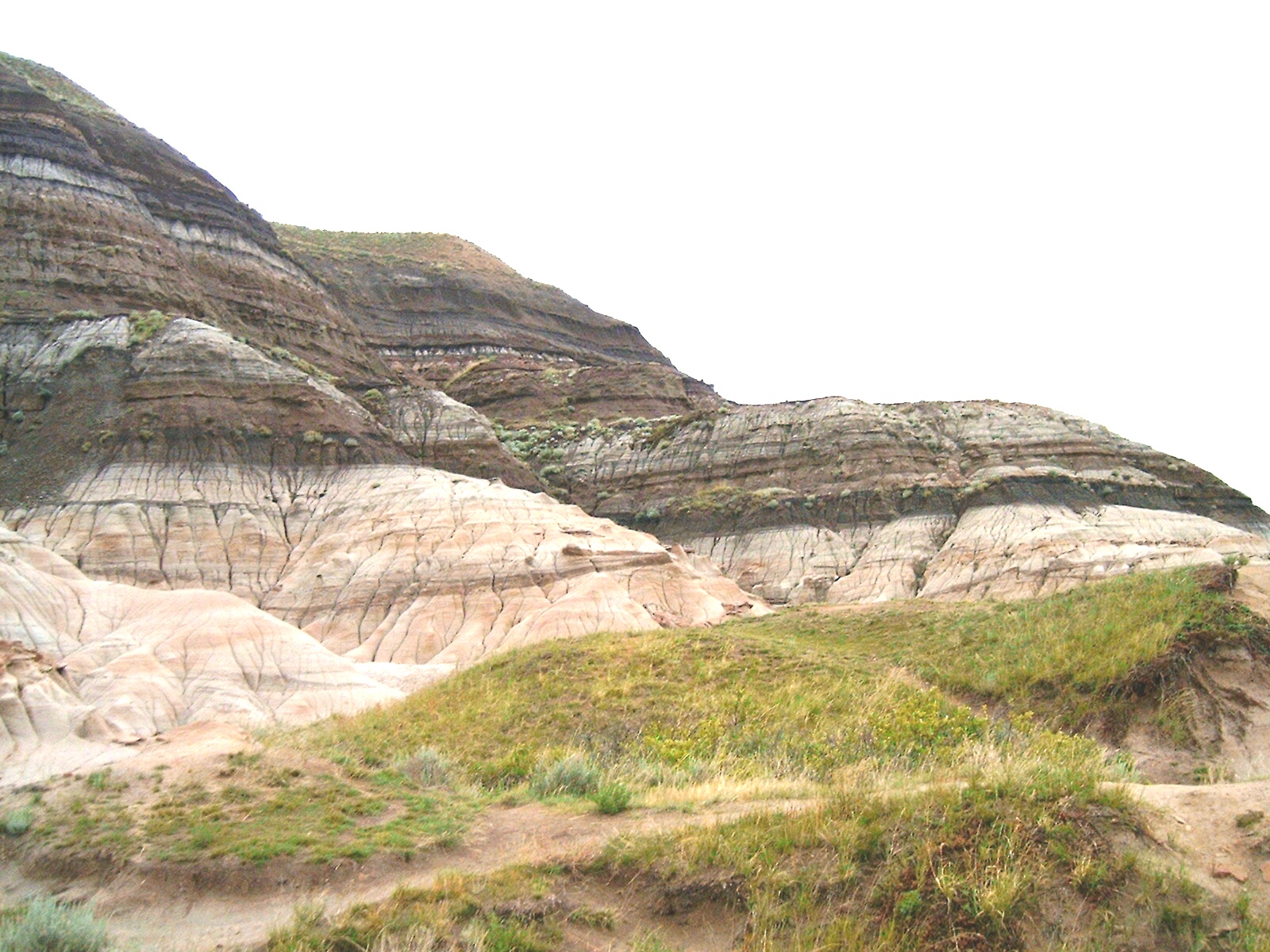
The impact event left behind a distinctive geological signature that scientists can still detect today. The Cretaceous-Paleogene (K-Pg) boundary, found in rock layers worldwide, contains unusually high concentrations of iridium—a rare element on Earth but common in asteroids. This thin layer of rock tells the story of global catastrophe and serves as a timeline marker for the extinction event.
Additional evidence includes shocked quartz crystals, which form only under extreme pressure conditions, and spherules—tiny glass beads created when molten rock was blasted into the atmosphere and cooled rapidly. These geological clues help scientists reconstruct the sequence of events that followed the impact.
Climate Change on a Planetary Scale
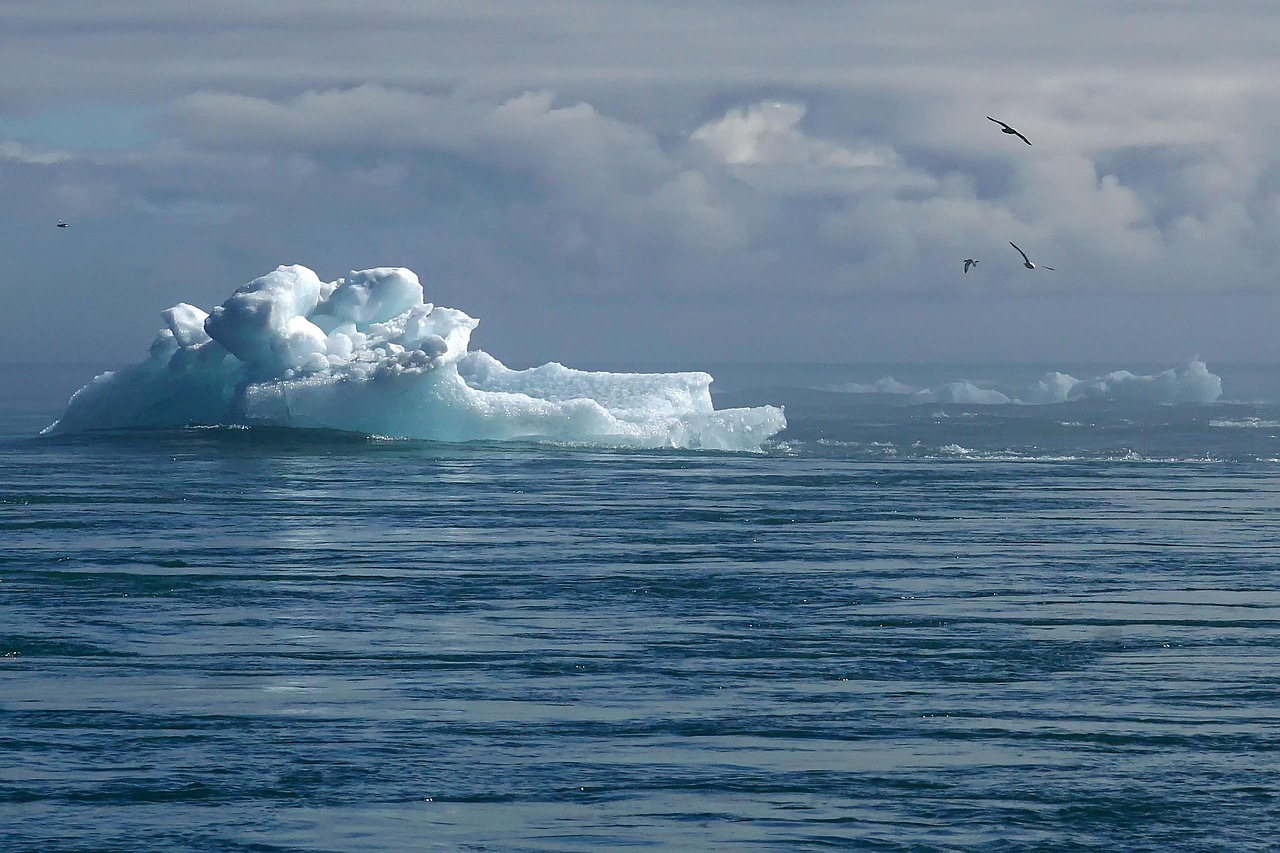
The Chicxulub impact triggered climate changes that persisted for millions of years. The initial cooling period was followed by a prolonged warming phase as massive amounts of carbon dioxide, released from vaporized carbonate rocks, created an enhanced greenhouse effect. This climate instability continued to affect ecosystems long after the immediate crisis had passed.
The impact also altered atmospheric chemistry in ways that influenced weather patterns and ocean currents. These changes created new environmental pressures that drove evolutionary adaptation and speciation among surviving organisms.
What If the Asteroid Had Missed
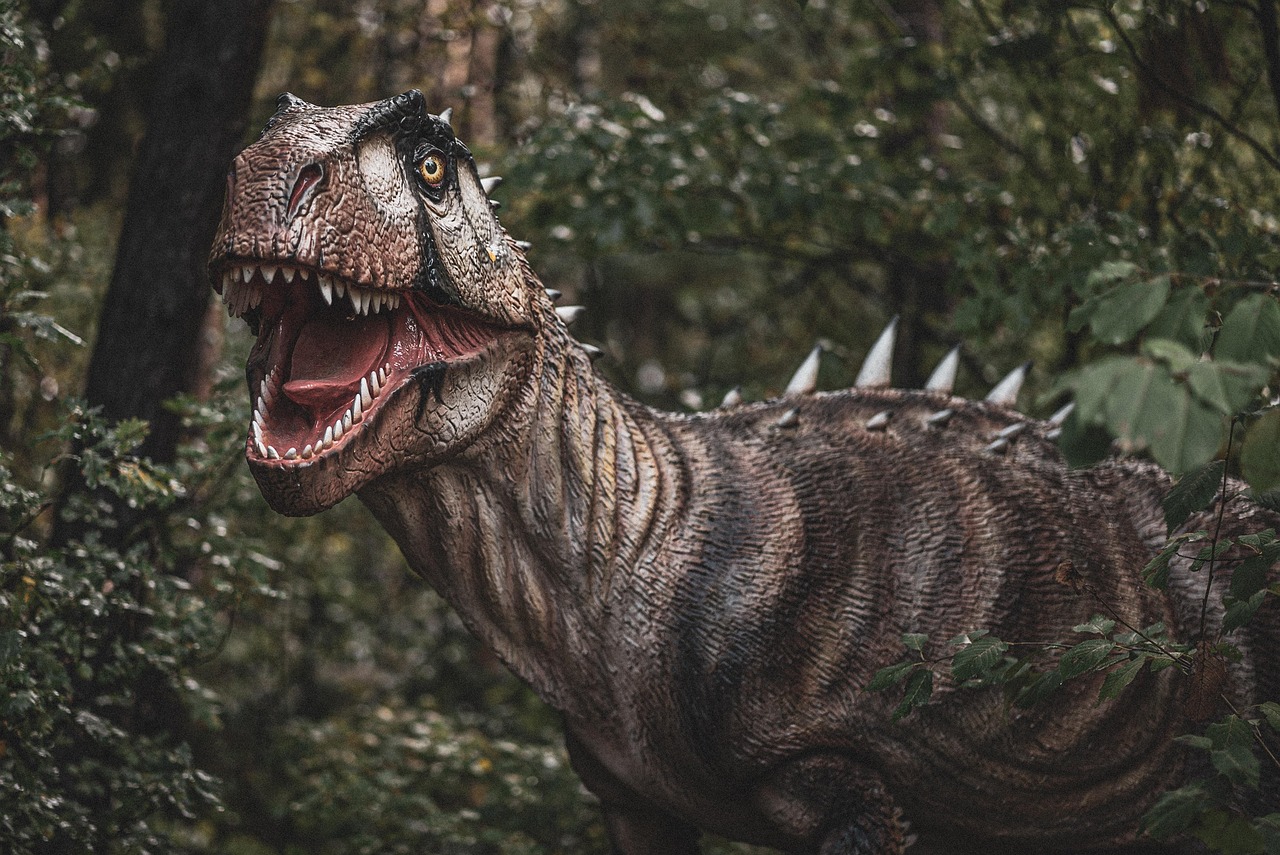
Scientists have long pondered how different life on Earth might be if the Chicxulub impact had never occurred. Dinosaurs might have continued evolving, potentially developing higher intelligence and complex social structures. The evolutionary path that led to human dominance might never have unfolded, or taken dramatically different directions.
Some researchers suggest that mammals might have remained small and nocturnal indefinitely, unable to compete with dinosaurs for larger ecological niches. Others propose that dinosaurs themselves might have eventually evolved human-like intelligence, creating a completely alien world where reptilian rather than mammalian intelligence dominated.
Modern Implications and Asteroid Defense
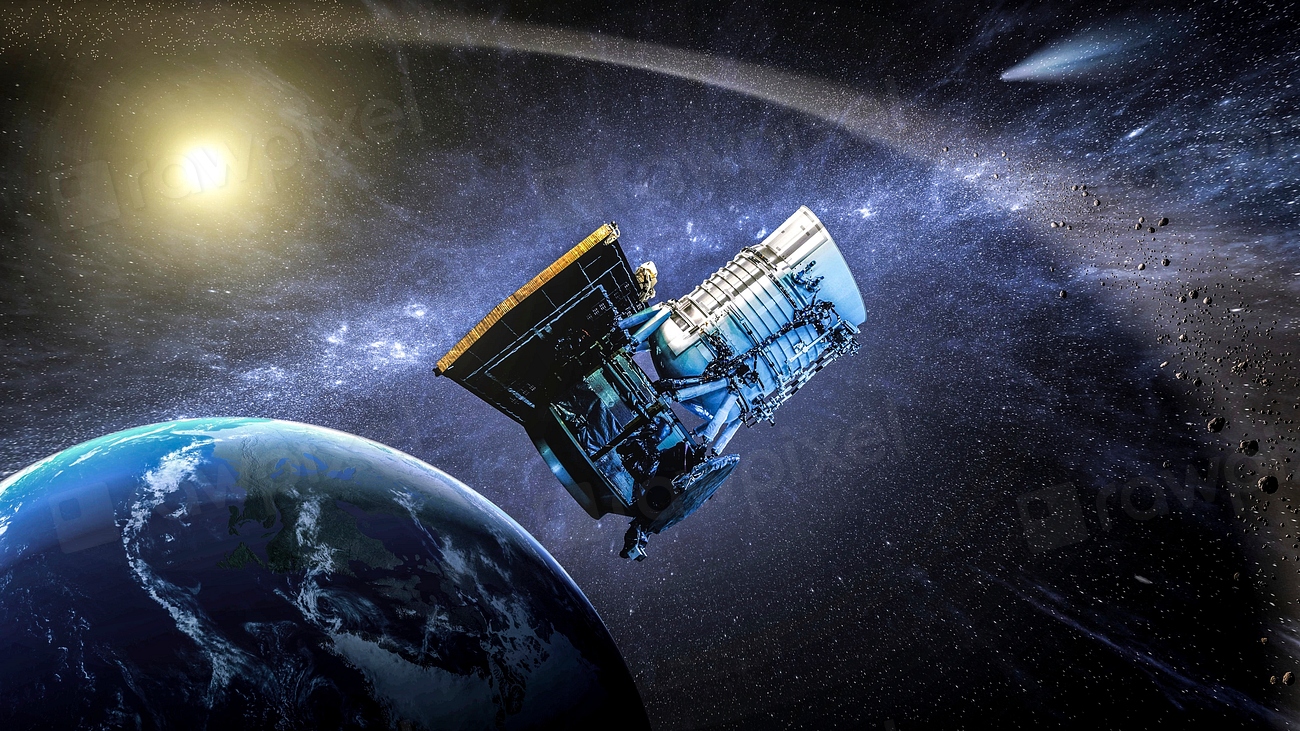
The Chicxulub impact serves as a stark reminder that Earth remains vulnerable to cosmic catastrophes. Modern space agencies actively track potentially hazardous asteroids, and several missions have been launched to study asteroid deflection techniques. The 2022 DART mission successfully demonstrated humanity’s ability to alter an asteroid’s trajectory, though the target was much smaller than the Chicxulub impactor.
Understanding the Chicxulub event helps scientists model potential future impacts and develop strategies for planetary defense. While the probability of a similar impact in the near future is extremely low, the consequences would be so severe that preparation remains a scientific priority.
The Crater’s Lasting Legacy
Today, the Chicxulub crater continues to provide valuable insights into Earth’s history and the nature of mass extinctions. Ongoing research reveals new details about the impact’s effects on climate, ecosystems, and evolutionary processes. The crater has become a natural laboratory for studying how life recovers from catastrophic events.
The event that created Chicxulub fundamentally altered the trajectory of life on Earth, ending the age of dinosaurs and creating opportunities for mammals to flourish. Without this cosmic accident, the world we know today—with its rich mammalian diversity and ultimately human civilization—might never have existed. The crater in Mexico didn’t just change life on Earth; it made our existence possible.
Every time you see a bird in flight, remember that you’re looking at a living dinosaur, a survivor of the greatest catastrophe in Earth’s recent history. What other secrets might this ancient crater still hold about our planet’s turbulent past?



